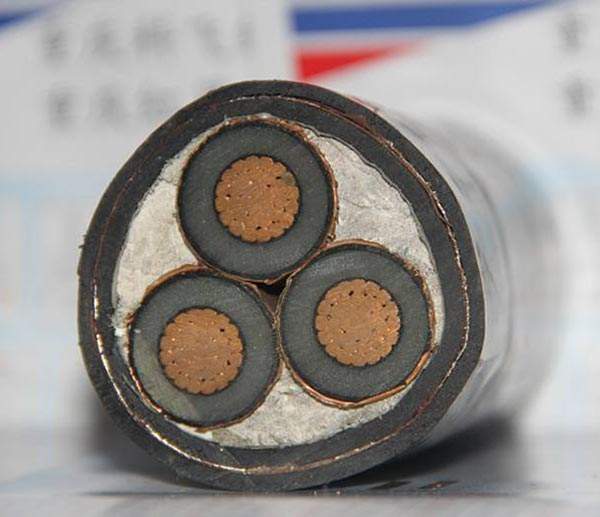
Ground or short circuit fault, wire break fault, wire break and ground fault and flashover fault.
The method for determining the type of cable fault is to measure the insulation resistance of each phase at one end of the line with an insulation resistance meter.
The type of fault is generally determined based on the following conditions:
(1) When the insulation resistance of one or several cores of the cable is measured, or the insulation resistance between the core and the core is less than 100 kΩ, it is a low resistance grounding or short circuit fault.
(2) When the insulation resistance of one or several cores of the cable is measured, or the insulation resistance between the core and the core is lower than the normal value, but higher than 100 kΩ, it is a high resistance ground fault.
(3) When the insulation resistance of one or several cores of the cable is high or normal, the continuity test of the conductor shall be carried out to check whether there is any disconnection. If there is any, the fault is broken.
(4) When the rocking cable has one core or several core conductors that are discontinuous and grounded through the resistor, it is disconnected and grounded.
(5) Flashover faults occur mostly in preventive withstand voltage tests, and most of the occurrences are at cable terminations and intermediate joints.
Flashovers sometimes occur multiple times in succession, every few seconds to a few minutes.
The instruments used in the past include QF1-A cable detector, DLG-1 flash meter, cable path meter and fault pointing device.
The most popular test method at present is the flash method, which includes flashing and direct flashing.
The most common method is flashing. The flash test has high precision, simple operation, safety and reliability.
The equipment is mainly composed of two parts, namely a high voltage generating device and a current pulse meter.
The high voltage generating device is used to generate a DC high voltage or an impact high voltage, which is applied to the faulty cable, forcing the fault point to discharge and generating a reflected signal.
The current pulse meter is used to pick up the reflected signal to measure the fault distance or directly measure the open circuit, short circuit or low resistance fault with low voltage pulse.
The following is a brief description of the test method based on the fault point resistance:
(1) When the fault point resistance is equal to infinity, it is easy to find the open circuit fault by the low voltage pulse method.
Generally speaking, the pure open circuit fault is not common, usually the open circuit fault is a relative or phase high resistance fault, and relatively or phased Low resistance faults coexist.
(2) When the fault point resistance is equal to zero, it is easy to find the short-circuit fault by the low-voltage pulse method, but there are few such faults encountered in actual work.
(3) When the fault point resistance is greater than zero and less than 100 kohms, it is easy to find a low-resistance fault by the low-voltage pulse method.
(4) The flashover fault can be measured by the direct flash method. This fault is generally present inside the joint.
The fault point resistance is greater than 100 kohms, but the value varies greatly, and each measurement is uncertain.
(5) The high-resistance fault can be measured by the flashing method, and the fault point resistance is greater than 100 kΩ and the value is determined. Generally, when the test current is greater than 15 mA, the test waveforms are repeatable and can overlap.
And when one waveform has one emission, three reflections, and the pulse amplitude gradually decreases, the measured distance is the distance from the fault point to the cable test end.
Otherwise Test the distance of the opposite end from the point of failure to the cable.
The improvement of the technical level of cable fault testing should adopt different methods for different fault properties, and constantly introduce new technologies and new equipment.
At the same time, we must also explore new experiences and develop new functions on new equipment.
Such as the current use of audio signals to the cable, the test technology to receive signals at the point of failure, and the use of the T16/910 cable fault tester SDC series of high-intelligent cable fault flash meter to accurately locate the fault point.
These devices can control the measurement error within a few tens of centimeters, directly find the fault point for processing, and improve the efficiency of fault detection.